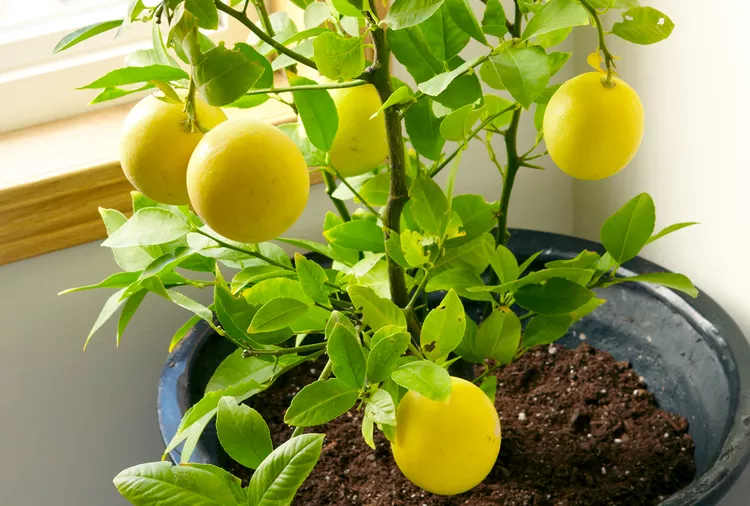After removing seeds from a sliced lemon, you might be curious about growing a lemon tree from seed. The process is straightforward, and lemons can thrive as potted plants, boasting deep green, shiny leaves, fragrant flowers, and vibrant yellow fruits. This guide provides step-by-step instructions on how to grow a lemon tree from seed, along with essential care tips for your new seedling.
Steps to Grow a Lemon Tree from Seed
Growing lemons, or any citrus, from seed is a rewarding project suitable for all ages and skill levels. Since many citrus varieties are hybrids, seedlings may differ from their parent trees in growth habits, colors, and flavors, which adds an element of surprise. Follow these simple steps to start growing lemons from seed:
Step 1: Selecting a Lemon
Begin by choosing a mature, healthy lemon from the market. Look for fruits that are free of blemishes, cuts, and bruises, as these can indicate internal issues.
Step 2: Removing and Preparing Seeds
Carefully extract the seeds from the lemon. Instead of cutting through the fruit, peel it as you would an orange to avoid damaging the seeds. Citrus seeds have a tough outer coat that can be nicked with a knife, so handle them gently. Rinse the seeds thoroughly and allow them to dry on a towel before planting.
Step 3: Planting the Seeds
Use seed trays or small plastic pots filled with standard potting soil. Lightly water the soil to ensure it’s moist but not waterlogged. Make a shallow hole about half an inch deep using your finger or a pencil, then place one seed in each hole. Cover the seeds with soil and gently water again, taking care not to disturb them.
Step 4: Choosing a Growing Location
Position the planted seeds in a warm, well-lit area. Keeping the soil consistently moist is crucial for germination. Consider using a horticultural heating mat and grow lights to expedite germination and support healthy growth.
Step 5: Transplanting Seedlings
Once the seedlings have developed their third set of leaves, transplant them into larger containers. This allows their roots to expand freely. Keep the containers indoors under grow lights or outdoors in full sun, ensuring they receive at least six hours of direct sunlight daily, ideally on a south-facing side for optimal growth and disease prevention.
